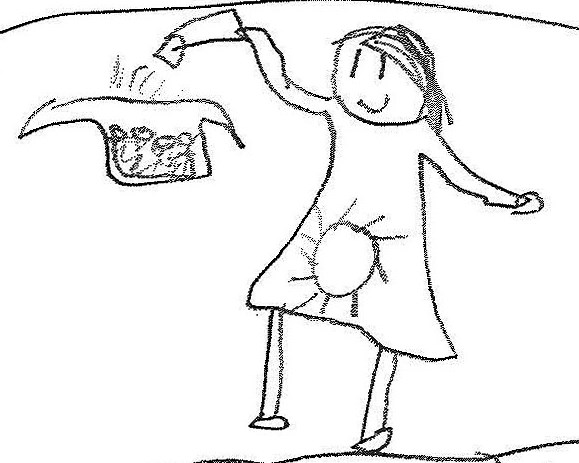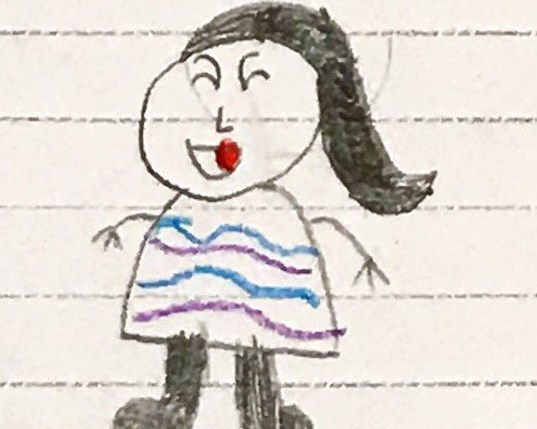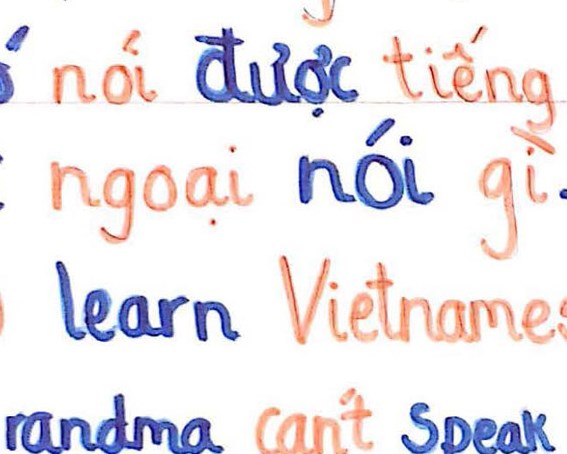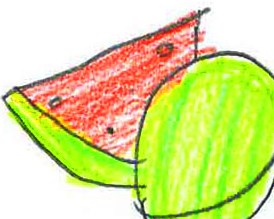By the end of Year 4, students use Vietnamese to interact with the teacher and peers to exchange information and experiences relating to themselves, their family and friends. They use formulaic expressions to participate in simple transactional exchanges and collaborative activities, and to seek clarification, assistance or advice in everyday classroom routines, for example, Làm ơn cho biết. When interacting, they use features of Vietnamese pronunciation, including tones, vowels and consonants. Students locate information relating to familiar contexts and present it in modelled spoken, written and visual texts. They respond to imaginative texts by identifying favourite elements and making simple statements about settings, characters or events, and create simple imaginative texts using formulaic expressions and modelled language. Students use common action verbs (for example, đi, ăn, ngủ, chơi, chạy, nói, cười, làm, học), adjectives (for example, đẹp, xấu, tốt, đen, đỏ) and adverbs (for example, nhanh, chậm, hay, giỏi), to create short, simple sentences about their routines and interests. They use vocabulary related to school, home and everyday routines. They use appropriate word order and personal pronouns in simple spοken and written texts, for example, Đây là con mèo con của tôi/anh/em/cháu. They translate and compare common Vietnamese and English expressions and create simple bilingual texts for classroom use. Students describe how language involves behaviours as well as words and share their experiences of communicating in Vietnamese- and English-speaking contexts.
Students identify the tones of the Vietnamese language and use tone markers when writing. They identify the features and purpose of a range of familiar texts. They provide examples of how language use varies according to the participants, social context and situation (for example, cho em/tặng bạn/biếu bà một món quà), and identify differences between ways of showing politeness in Vietnamese- and English-speaking contexts. They identify how languages change over time, providing examples of Vietnamese words borrowed from other languages such as English and French. They compare Vietnamese and English language use and cultural practices, identifying culture-specific terms and expressions.







